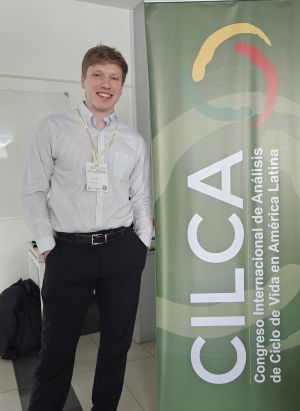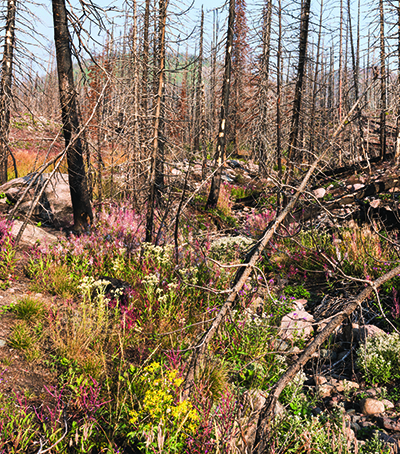Jessica Hightower is a post-doctoral scholar in the department of forest ecosystems and society, and was one of the leaders of the faculty-led international program Oil Palms and Orangutans: Forest Conservation in Malaysian Borneo.

Tell me a little about the Borneo program – what types of activities did you engage in, what kind of students participated, etc
The Borneo program offers an opportunity to learn more about the unique flora and fauna of Borneo and the threats to their conservation. We visited popular eco-tourism spots, logged forests, oil palm plantations, and undisturbed tropical forests. We spoke to people living in these communities and learned more about what these forests mean to them and what they are doing to protect and restore their forests. We also learned more about oil palm, exploring a truly complex issue. Activities included plenty of opportunities for wildlife sightings, including night drives, birding walks, and boat rides, but also included time to talk to people in the community and learn more about their lives. Our last program had a wonderfully diverse cohort, which really strengthened the program. We had both on-campus and online students- the on-campus students were able to share their on-campus learning experiences, while the online students came from all over the US (and even abroad) and contributed their own unique experiences and perspectives. It was a great opportunity for on-campus students to expand their network, while online students were able to establish a sense of community with their peers that can be difficult to do over a screen.
Why were you interested in participating?
My dissertation research was in Borneo, where I investigated how logging and conversion to oil palm impacts bird communities. While I was out in the field I would daydream about how great it would be to bring students over for a study abroad course. While I worked there I lived in a state of constant amazement over the flora and fauna of Borneo and I wanted to share the experience with others. When I moved to Oregon and began working in the department of forest ecosystems and society at OSU, I was offered the opportunity to co-teach the Borneo program, which really was a dream come true!
What is one memory that sticks out?
So many that it is hard to pick! The night drives at Deramakot were a personal favorite and it was exciting to share the experience with the students, instructors, and guides. Going out to look for wildlife is always an adventure, but the sense of adventure is multiplied when you go out at night, driving through beautiful tropical forests with all the accompanying sights, smells, and sounds. Our first night drive we lucked out with an abundance of wildlife; we saw giant flying squirrels, slow loris, and palm civets. But we hit the jackpot with a binturong feeding far up in the canopy. We thought nothing could top that, but then one of the students spotted a colugo (look it up, they’re crazy!) and we got to watch it glide between trees. As we were riding that high and returning to camp around midnight our luck continued and we wrapped up the night with a leopard cat! It was during that drive that some of the students discovered they had a knack for spotting difficult to see wildlife at night!
What advice do you have for students thinking about going on one of our faculty-led international programs?
Have an open mind towards new experiences. It is great to prepare, but leave your expectations behind and be ready to adapt. Traveling abroad is one of the greatest ways to build confidence and discover just how much you can accomplish. The faculty-led international programs offer the experience of traveling abroad, but the knowledge and structure to really immerse yourself in an incredible learning experience.
Anything else you would like to share?
I was really impressed with how much students do and see on the Borneo program. Some people (like me) have worked in Borneo for multiple field seasons and never get to visit some of the places this program takes students. It is a whirlwind of an adventure and you will want to stay at each location for much longer than the time allotted, but it is truly amazing the amount of ground we covered. It was a life changing experience for both the students and instructors.









